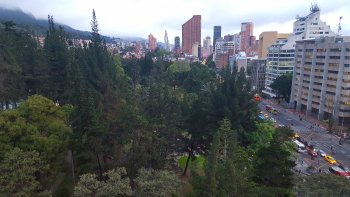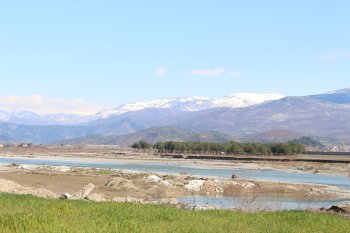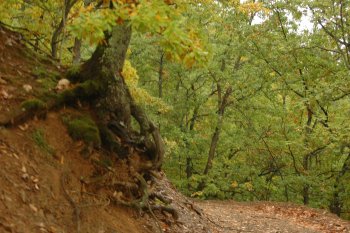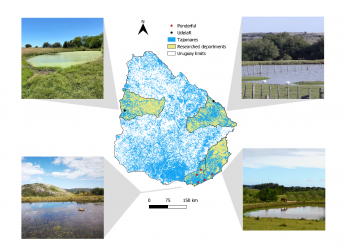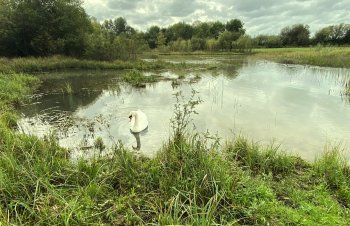Socio-ecological networks: NbS to integrate nature, urban planning and social appropriation in Bogota, Colombia
In response to the social challenges and environmental impacts caused by urban growth, Bogota adopted the incorporation of green and blue infrastructures in several urban planning instruments. The most important action was the implementation of the local concept of Main Ecological Structure (EEP for its Spanish abbreviation) in 2000. The EEP's purpose is the protection and management of ecological networksthat reconcile urban development with the conservation of the structures and functions of ecosystems, as well as their ability to provide ecosystem services.

